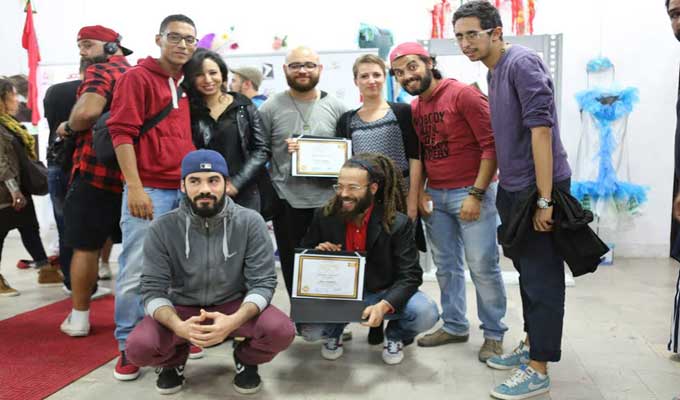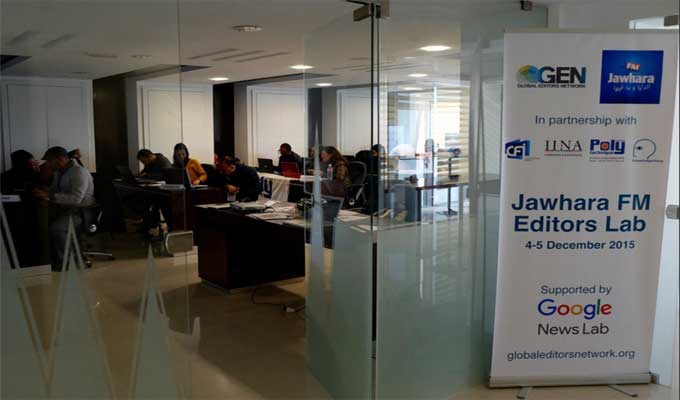

This gap between the letter of the constitution and its de facto exercise continues to widen. Not being elected, he draws his legitimacy from my proposition to the Assembly of Representatives of the People. In an interview which aired in September 2018, President Essebsi, referring to Chahed, declared: “I am the one who chose him as Head of Government. This imbalance has characterized the exercise of executive power, as Youssef Chahed, who is the current Head of Government, has been marginalized in favor of the president. The first presidential elections after the adoption of the constitution occurred in November and December 2014, and resulted in Beji Caid Essebsi receiving 55.6% of the vote he had served as Foreign Minister under Habib Bourguiba between 1981–1986. However, in the five years following the adoption of the constitution, it is evident that the balance of power has been largely asymmetrical, in favor of the president. It appeared that the adoption of the constitution marked a turning point in the constitutional history of Tunisia, which had been characterized by a strong presidential regime in its 1959 constitution, and subsequent constitutional amendments only reinforced the prerogative of the president. Numerous commentaries that followed the adoption of the constitution labelled the Tunisian political regime as a ‘diarchy’.

Article 71 of the 2014 constitution states that “executive authority is exercised by the President of the Republic and by a government which is presided over by the head of the government”. After heated discussions, a compromise was reached. Ennahdha’s position can be explained by their political strength and their ability to perform well in a parliamentarian system, as the elections of the NCA showed, where Ennahdha won 41% of the seats. The National Constituent Assembly had significant difficulty selecting this type of regime Ennahdha, a Muslim political party, favoured a parliamentarian system, while most other parties defended a presidential system with some safeguards. The 2014 constitution laid out a semi-presidential regime where the president, directly elected, and the Head of Government (akin to a Prime Minister) make up the executive branch, sharing responsibility of key issues, such as national defence and external relations, while also having particular prerogatives. Here I will focus on the dissonance between the exercise of power that is enshrined in the new constitution, and the way that political power manifests on the ground. There were many challenges that the country faced following the adoption of the new constitution: such as, the stalled nomination of the Constitutional Court, or the beleaguered adoption of constitutional bodies (only two of the five constitutional bodies have been successfully created). This short inquiry will focus on one of the many challenges involved in implementing a constitution after a tumultuous constitution-making process.

On 14 January 2014, Tunisia adopted a new constitution. Under the 1959 constitution, there was technically a Prime Minister, but the position remained completely under the aegis of the President. Up until the revolution, the constitution was continuously amended to strengthen presidential prerogatives. The president enjoyed complete executive prerogative and was not accountable to the legislative chamber. This would represent a break from the authoritarian past, where the 1959 constitutional regime saw the power wholly concentrated in the hands of the President of the Republic. By Alicia Pastor y Camarasa, PhD Candidate at University of Louvainįollowing the 2011 revolution in Tunisia, one of the key demands of the people was a change in the political regime.


 0 kommentar(er)
0 kommentar(er)
